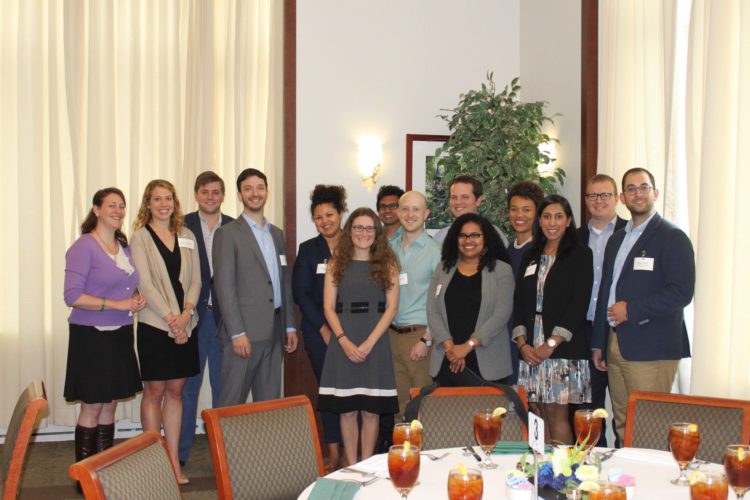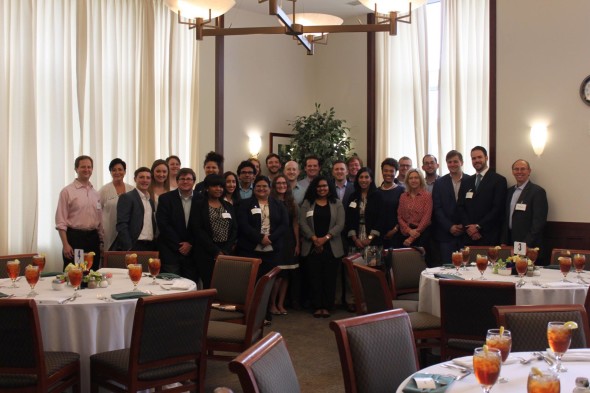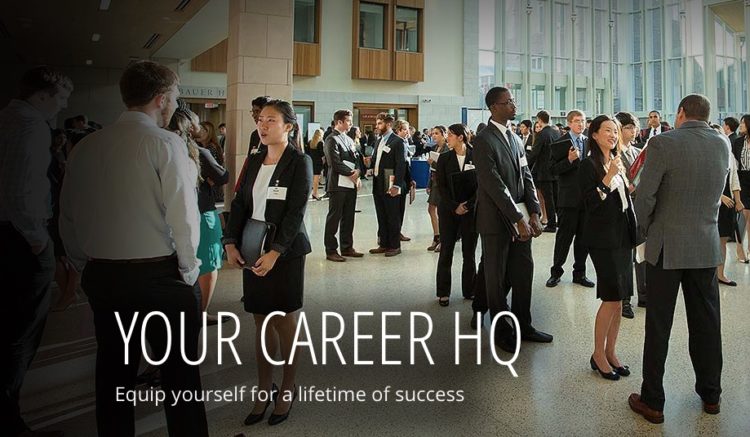Intel literally puts the silicon in “Silicon Valley” and is the world’s largest and highest valued semiconductor chip maker based on revenue. In 1978, Intel engineers invented the x86 architecture, which has been adopted as the industry standard for manufacturing microprocessors. Intel architecture provides stability for hardware and software solutions throughout the value chain. Intel sells processors to computer system manufacturers like Dell, HP, Lenova, Apple, and Samsung. As a result, Intel processors are found in most personal computers and other computing form factors. The engineers at Intel are the premier experts in their field and often have as many as 20 patents to their names.
Innovation is not a buzz word at Intel to be thrown around lightly.
Intel business leaders and engineer architectures developed processors for the Saturn V rocket that put man on the moon, and they continue to develop solutions that will eventually power smart cities and machine learning in the near future. If you stream Netflix, you are witnessing the power of an Intel Xeon processor in an Amazon server farm.
For my internship, I was assigned to the Client Computing Group (CCG). CCG is Intel’s largest group by revenue and sells Pentium, Celeron, and Core processors to large enterprises and consumers. My project was to find specific new use cases or markets for a technology called Intel Active Management Technology (Intel AMT). Intel AMT provides out-of-band manageability, or manageability even when the system is turned off or when the Operating System is failing, for enterprises to manage their IT systems more effectively. Intel AMT has been around for 10 years, and commands the highest product margin in the enterprise desktop and notebook space. For business clients, Intel’s strategy has always been to drive sell-up to AMT Core i5/i7. This sell-up provides millions in incremental revenue each year for Intel’s Client Computing Group.
To discover new use cases, I first developed a business framework to filter and test new ideas. The first part of the framework addresses if there is a need for remote out-of-band manageability. Often times, most problems can be resolved in-band, or when the power is turned on. AMT is only value-added if the customer needs manageability out-of-band or when the system is in an off-state. Then I looked at the specific capabilities of Intel AMT (power control, remediation, virtual boot) and decided which use cases would require these specific capabilities. The most important criteria in this part of the framework was the probability of system failure. If a system has a very low probability of failure, there is not really a compelling reason to have out-of-band manageability because in the very rare event of failure, there is no financially compelling reason to invest in Intel AMT. Finally, I conducted market sizing to determine the total addressable markets and market segment shares for use cases that were selected from the framework. After I developed a market model, I was able to provide net present value ranges for my project recommendations by analyzing the amount of upsell and market segment share gain my recommendation would receive.
The finance intern coordinators in Oregon did a great job of planning and executing extracurricular activities for the interns. In addition to a host of happy hours and social events, the coordinators took the interns zip lining, hiking, and white water rafting. There were plenty of opportunities provided to interact and network with operations partners and finance leaders from each of the business units, including iCap, Intel’s venture capital firm.
Intel finance roles require developing business acumen and becoming a strategic thinker.
Finance supports the various business units in a way that is similar to how combat arms branches support maneuver units in the Army. As a field artillery officer I was always supporting an infantry commander two or three levels above my own grade. It was my job to understand their intent and provide recommendations based on my indirect fires capabilities.
This relationship and organization is nearly identical to how Intel finance supports their business partners. A finance manager or controller often supports a general manager or vice president that is much senior. The operations partners depend on finance leaders to provide unbiased financial analysis that represents the shareholder’s best interests.
Guest blogger: Army veteran and 2nd year Olin MBA student Joe Langella
Photo courtesy of Flickr/summerfairy










